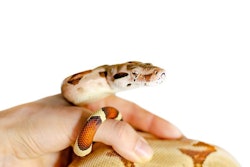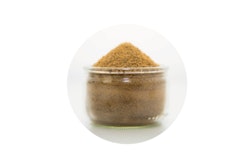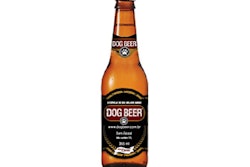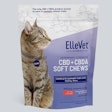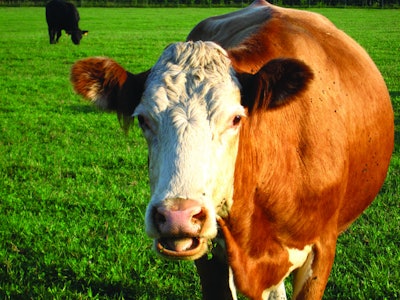
The One Welfare concept arose echoing One Health, a framework used by the Centers for Disease Control, United Nations Food and Agriculture Program and other agencies to connect human health to that of other animals by examining shared threats such as zoonotic diseases.
During the past decade, One Welfare gained traction as a One Health spin-off concept in scientific circles. An international group discussed One Welfare in Animals last year. Adding animal welfare to the health idea brings in aspects of psychological and physical comfort and well-being. These aspects are essential to quality of life for people, pets, livestock and wildlife. However, wellness doesn’t always manifest with physical health signs. Beyond vital signs, One Welfare acknowledges that people and other animals share needs to express natural behaviors and have social relationships.
As opposed to anthropomorphizing animals, which involves projecting our cognition and emotions onto other species, One Health and One Welfare recognize the biological reality that all organisms share characteristics. These range from disease susceptibility, exemplified by tigers catching COVID-19, to nutritional needs. Yet, nutrition and food don’t seem to get as much consideration as disease and living conditions. The pet food industry could fill this gap with a One Food addition to the One Health mix.
The pet food industry exemplifies the interconnected lives of humans and animals. Beyond the human to pet bond, ingredients used in dog, cat and other pet foods derive from livestock. While one group of animals is pampered, another is eaten. As grim and ironic as that is, people are capable of nurturing another species and caring for its needs, even if they intend to eat it later and give some to their pets. Dog, cat and other pet owners in particular may have a predilection to care about animal welfare, since they’ve already opened their homes and hearts to another creature.
Animal welfare connection dog, cat and other pet food industries
The pet food industry could harness this generalized animal empathy to guide corporate social responsibility programs that involve wildlife and livestock welfare. Dog, cat and other pet food sales value growth come from premiumization, which follows from humanization. While superpremium products sport claims of human-grade ingredients, even value-priced kibble shares a common agricultural system with human foods and a common environment with wildlife. This food connection forms the basis of the One Food idea.
The humanization of pet food means that no-corn, ketogenic, vegan, gluten-free and other diets will continue to move into cat and dog foods and treats. Human foods and pet foods will increasingly resemble each other in ingredients, appearance and marketing. The human and pet food streams are already converged, with many ingredients appearing in both.
Pets and people eat different parts of the same animals. Traditionally, dogs and cats have taken the portions people eschew like entrails, but muscle meat increasingly appears, especially in high-protein diets. While vegetarian and vegan options exist and grow in popularity, they remains a small portion of the market. As most pet foods continue to contain animal protein sources, the pet product industry’s One Food reality presents an opportunity to connect with the One Welfare concept.
Some pet food companies already connect Health, Welfare and Food. Some brands market that their products are cruelty-free. Others form direct relationships with farmers to ensure standards are met. Pet owners are primed to be animal lovers, and that could make animal welfare claims particularly effective marketing tools.



